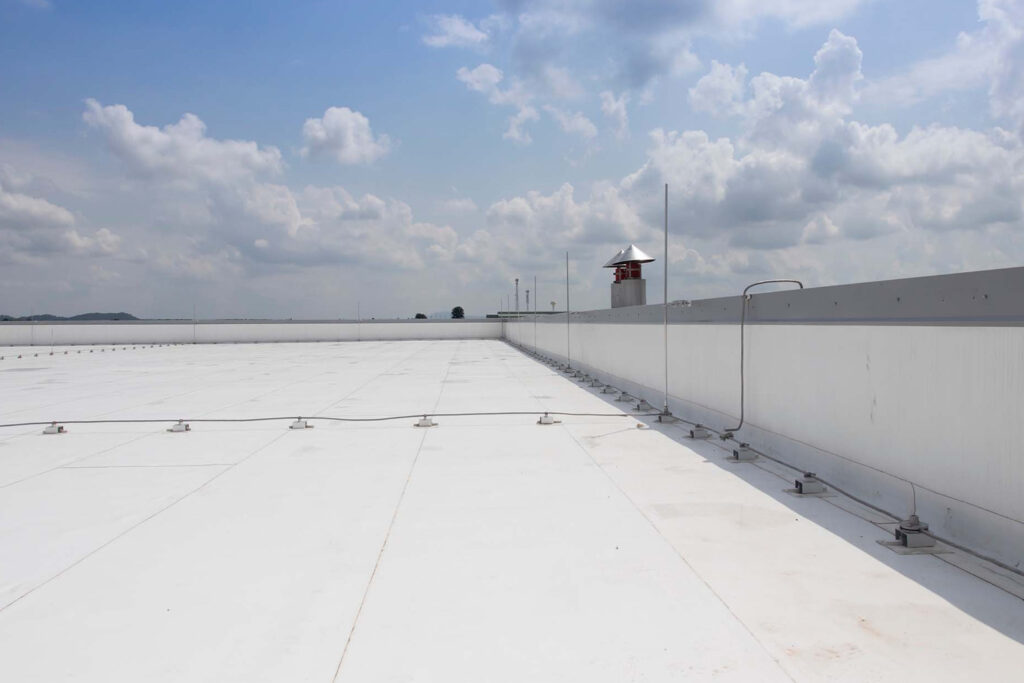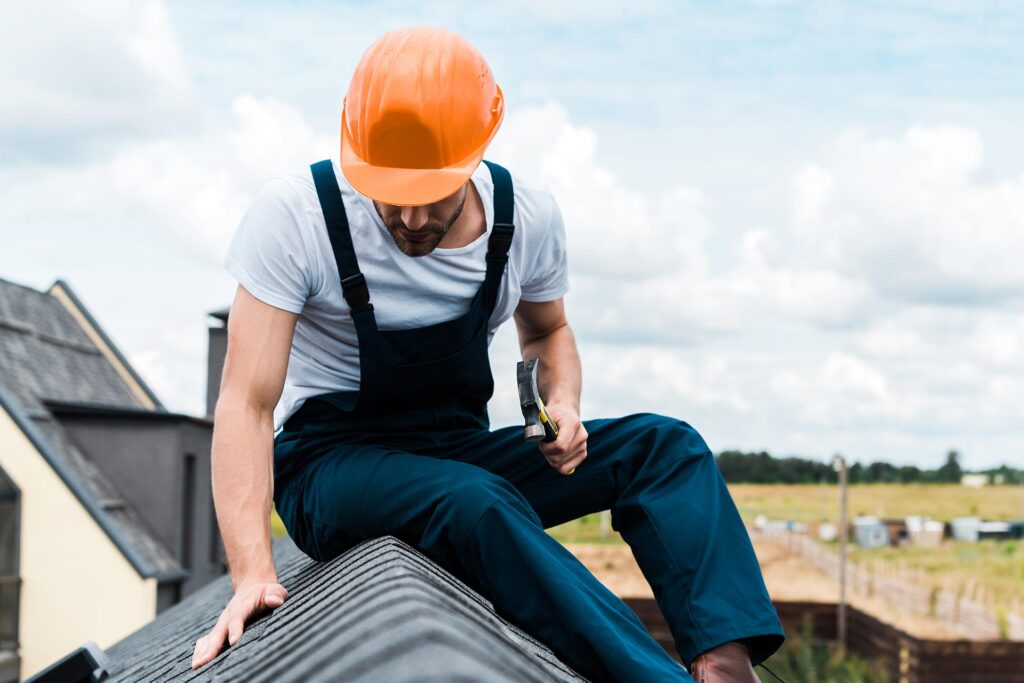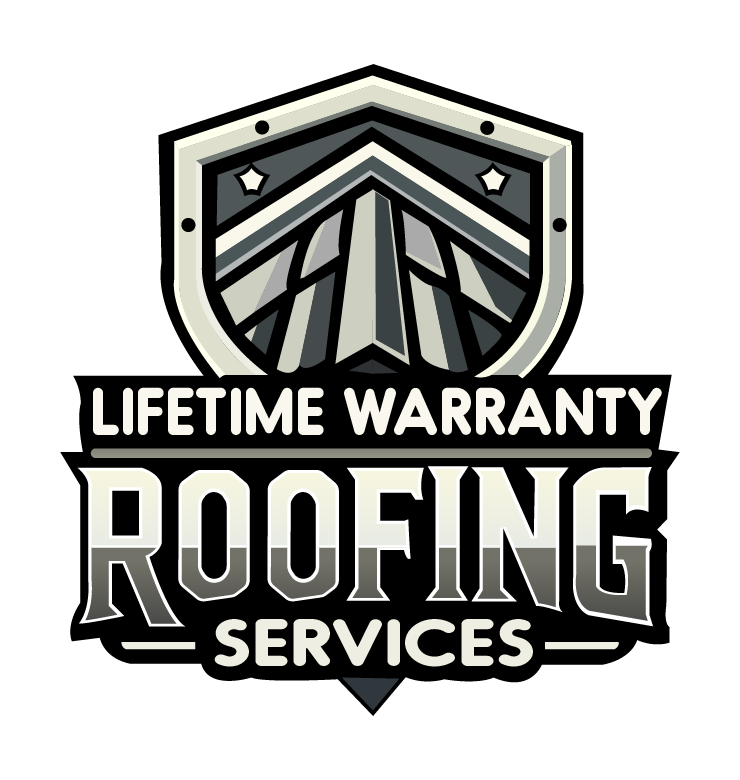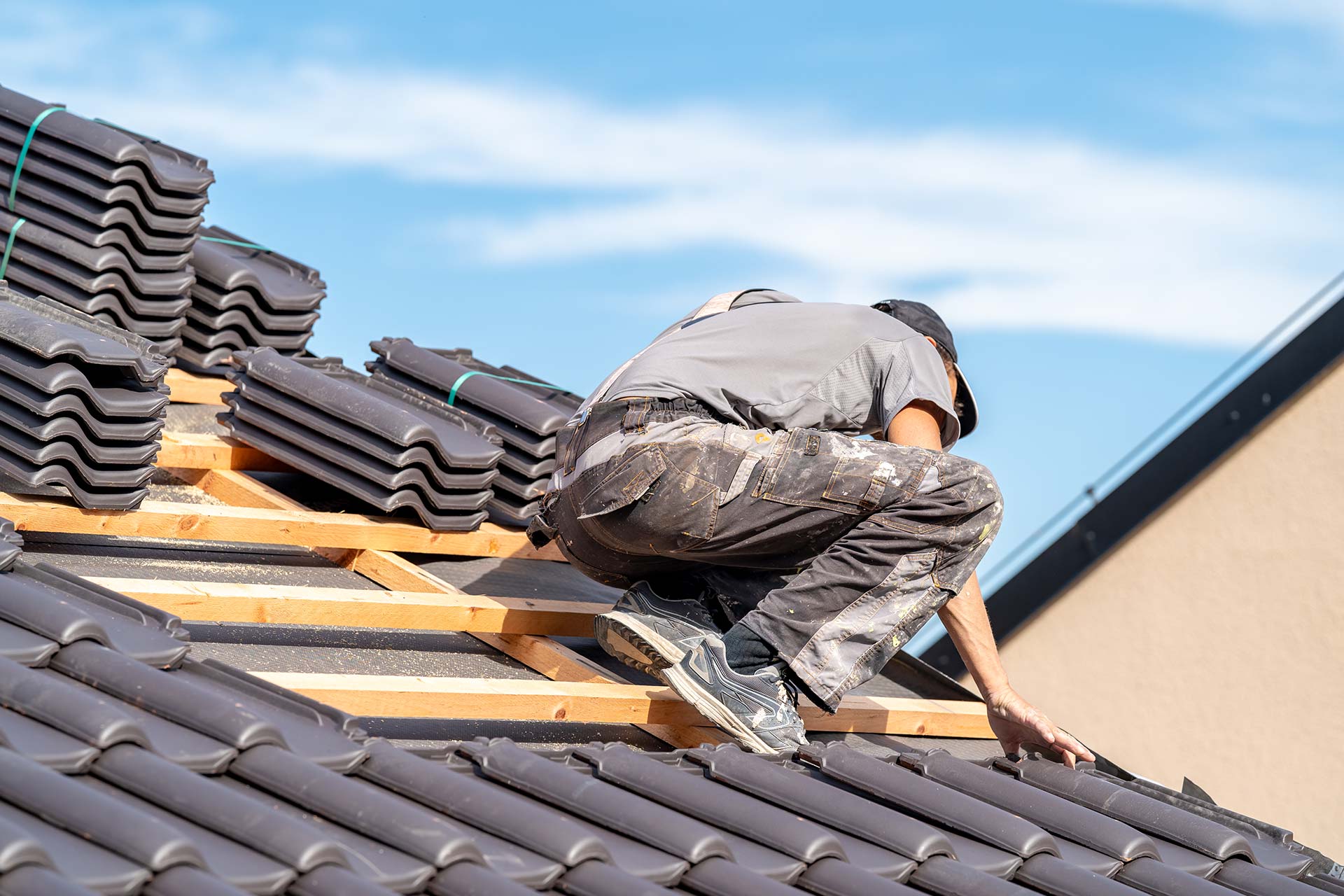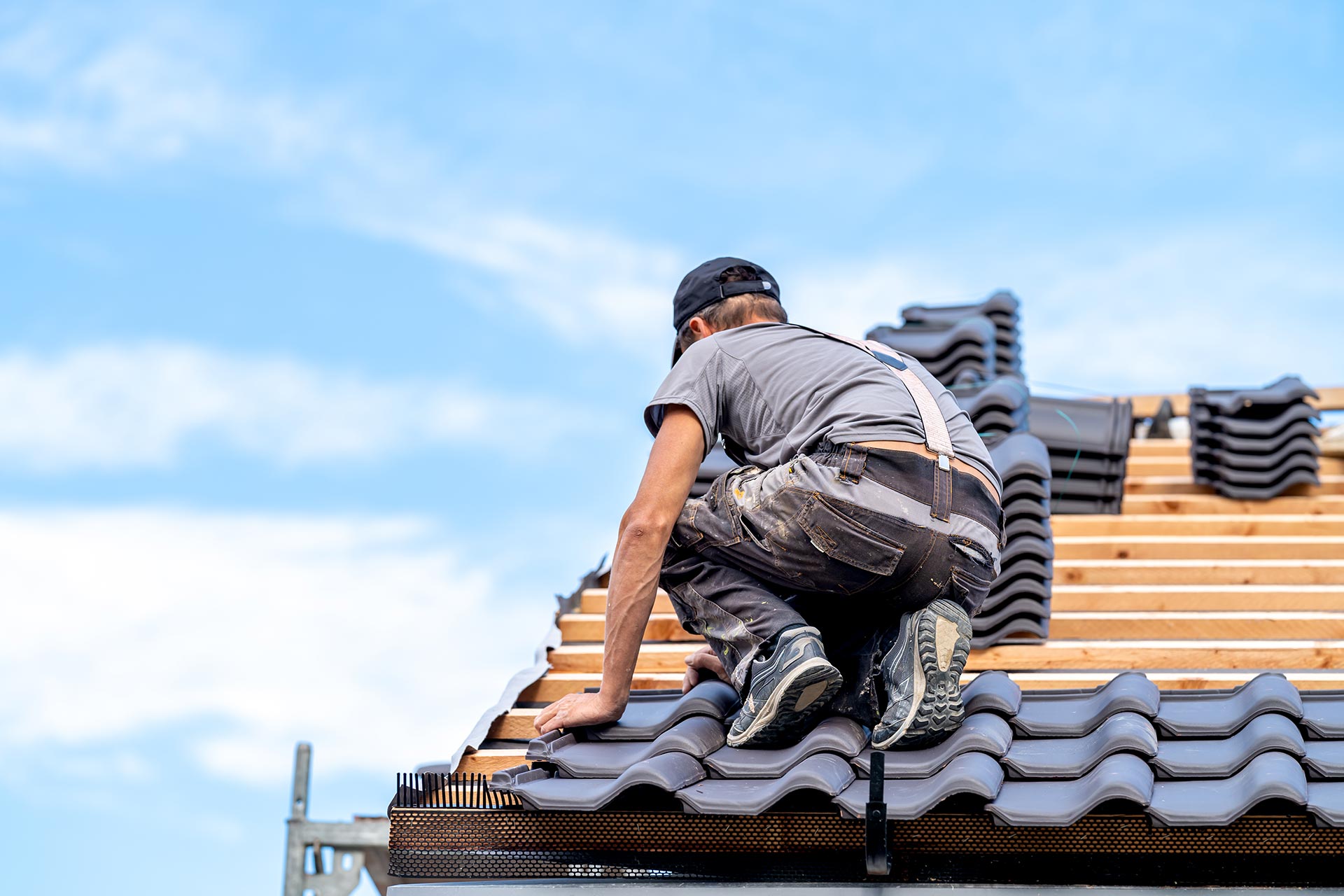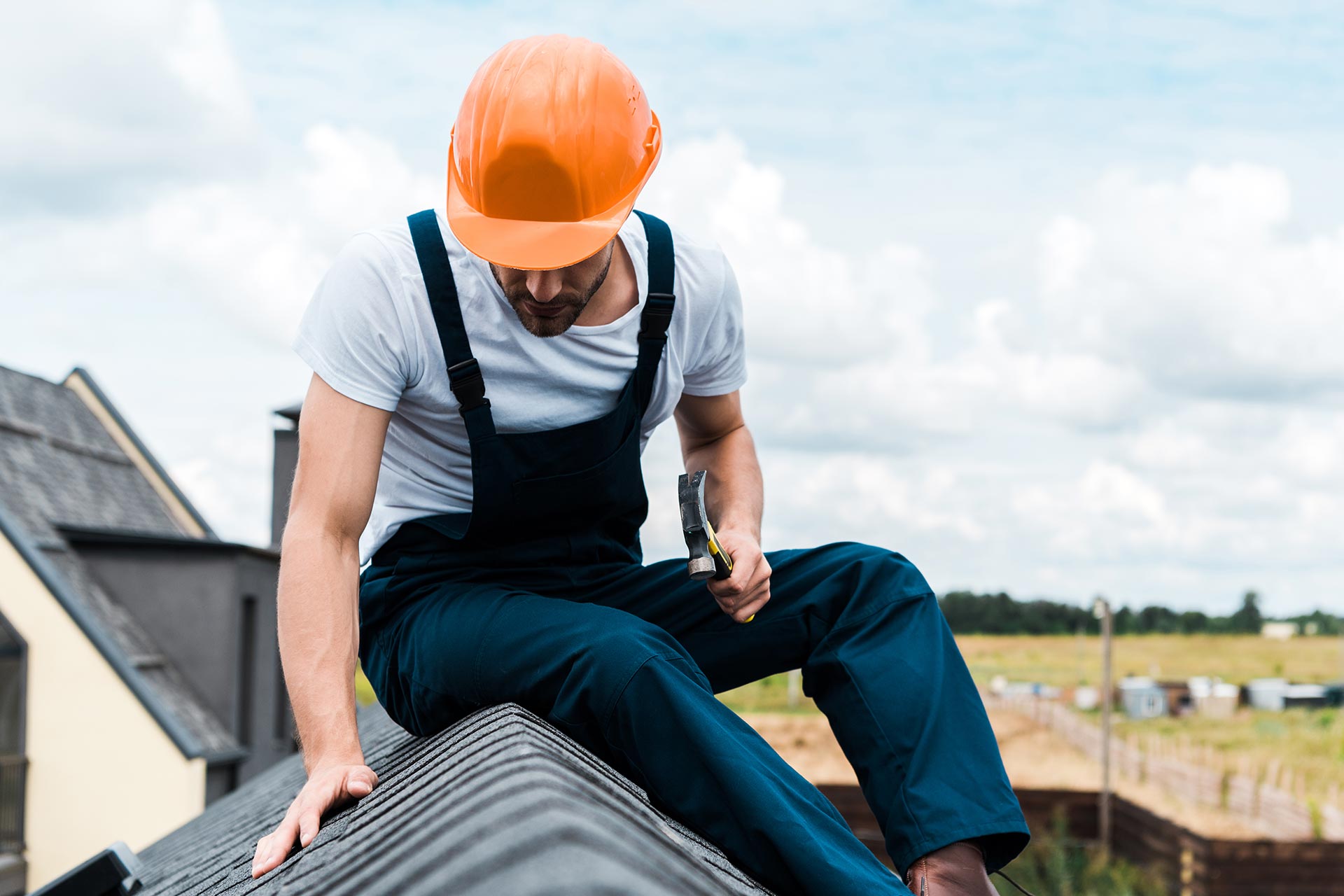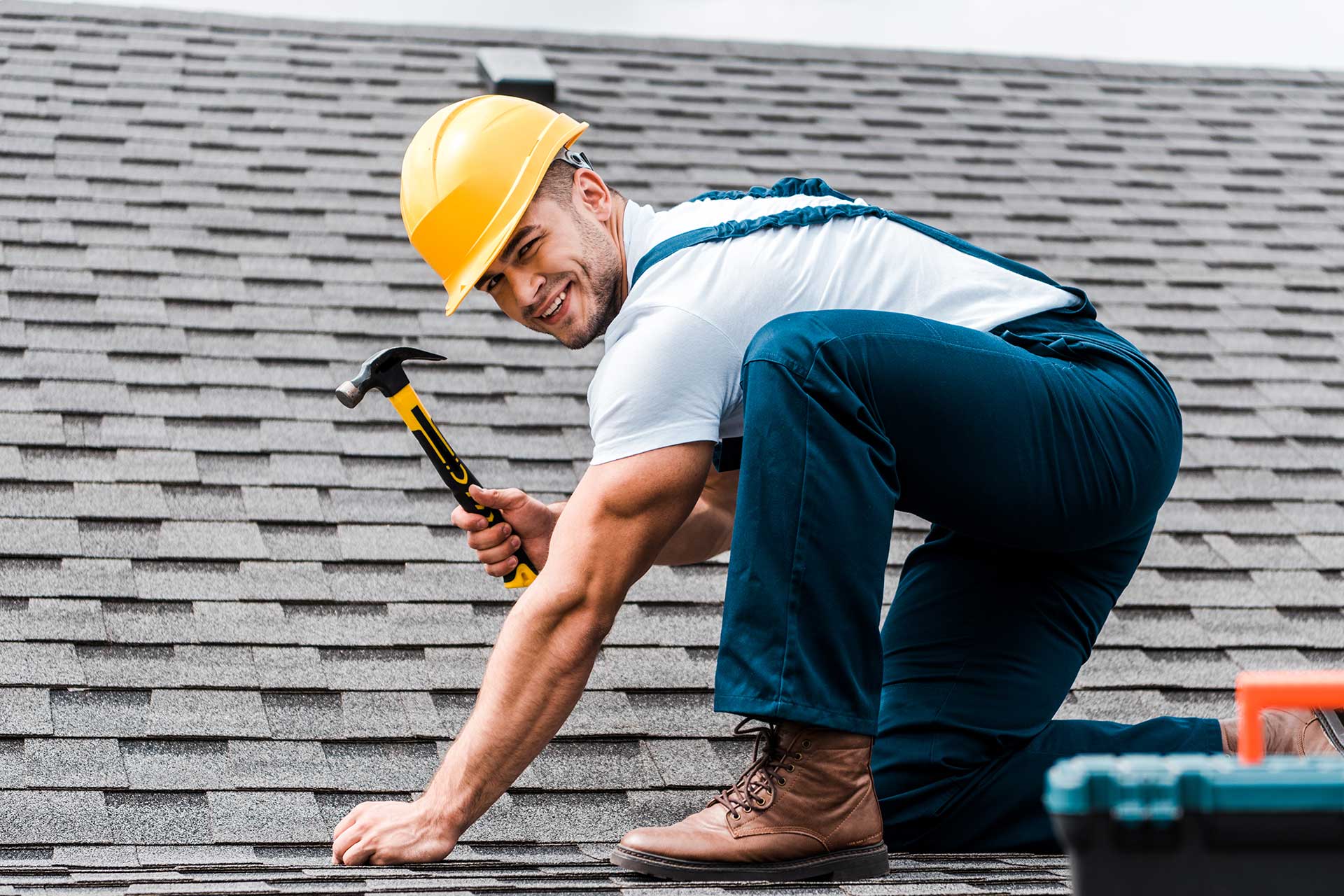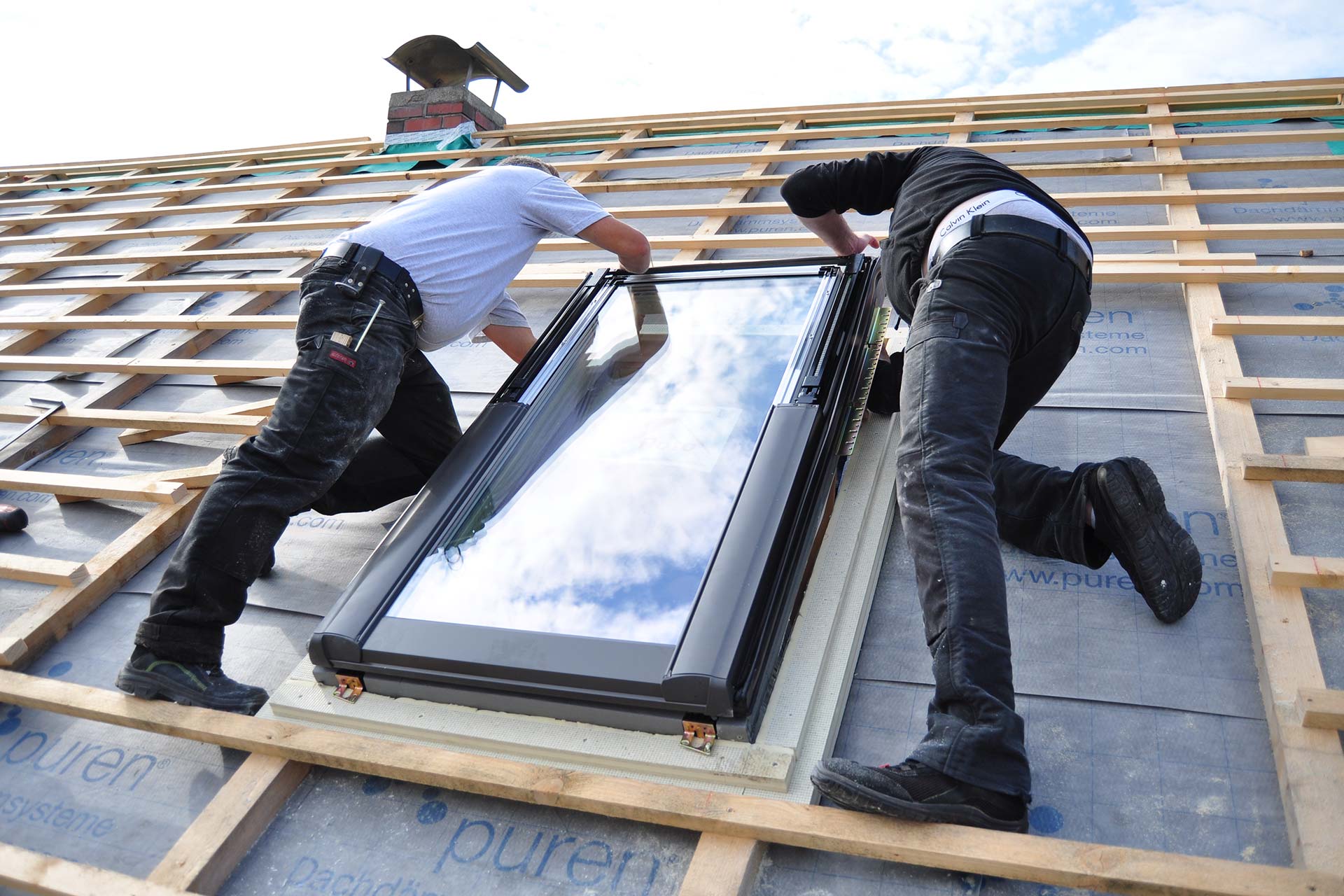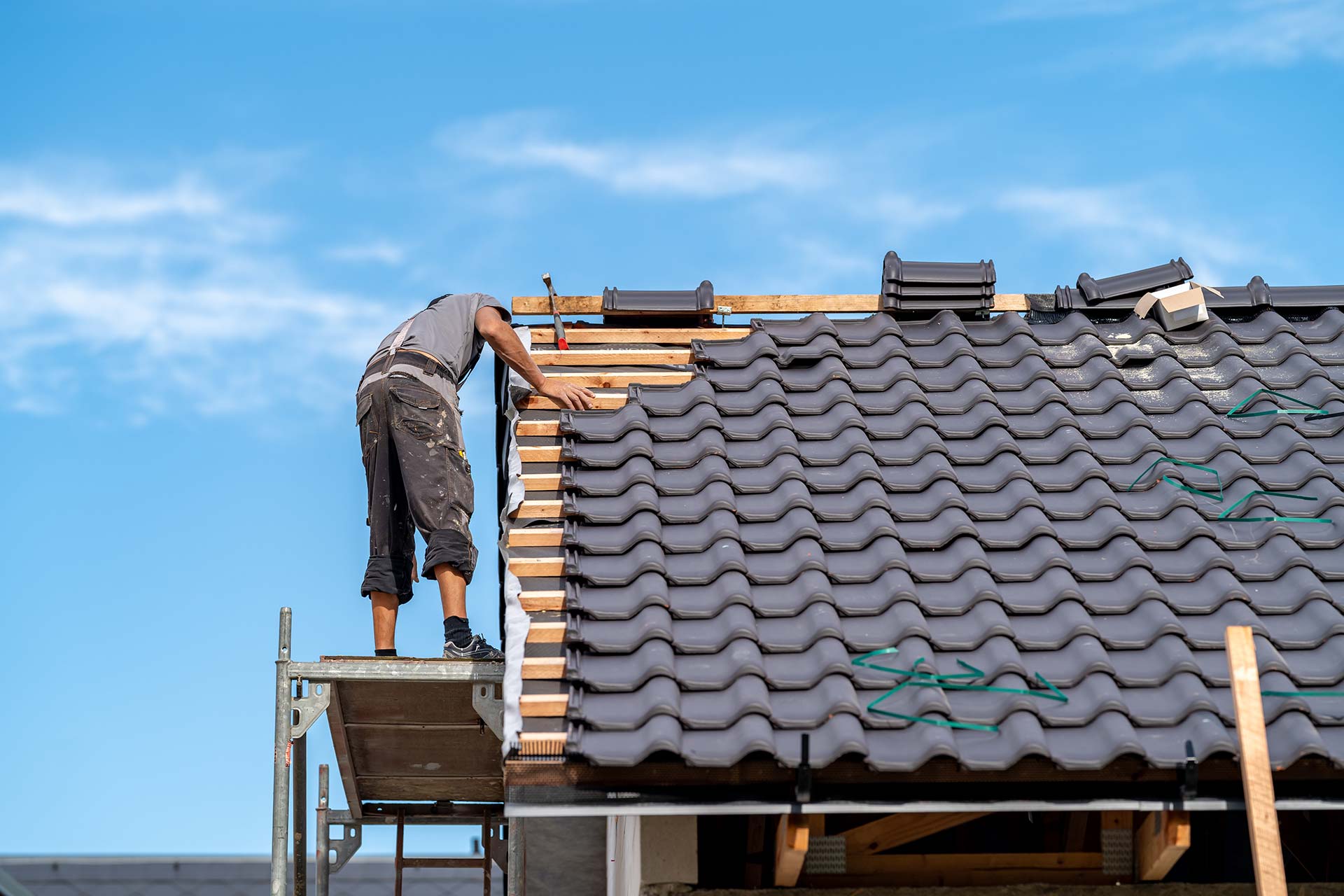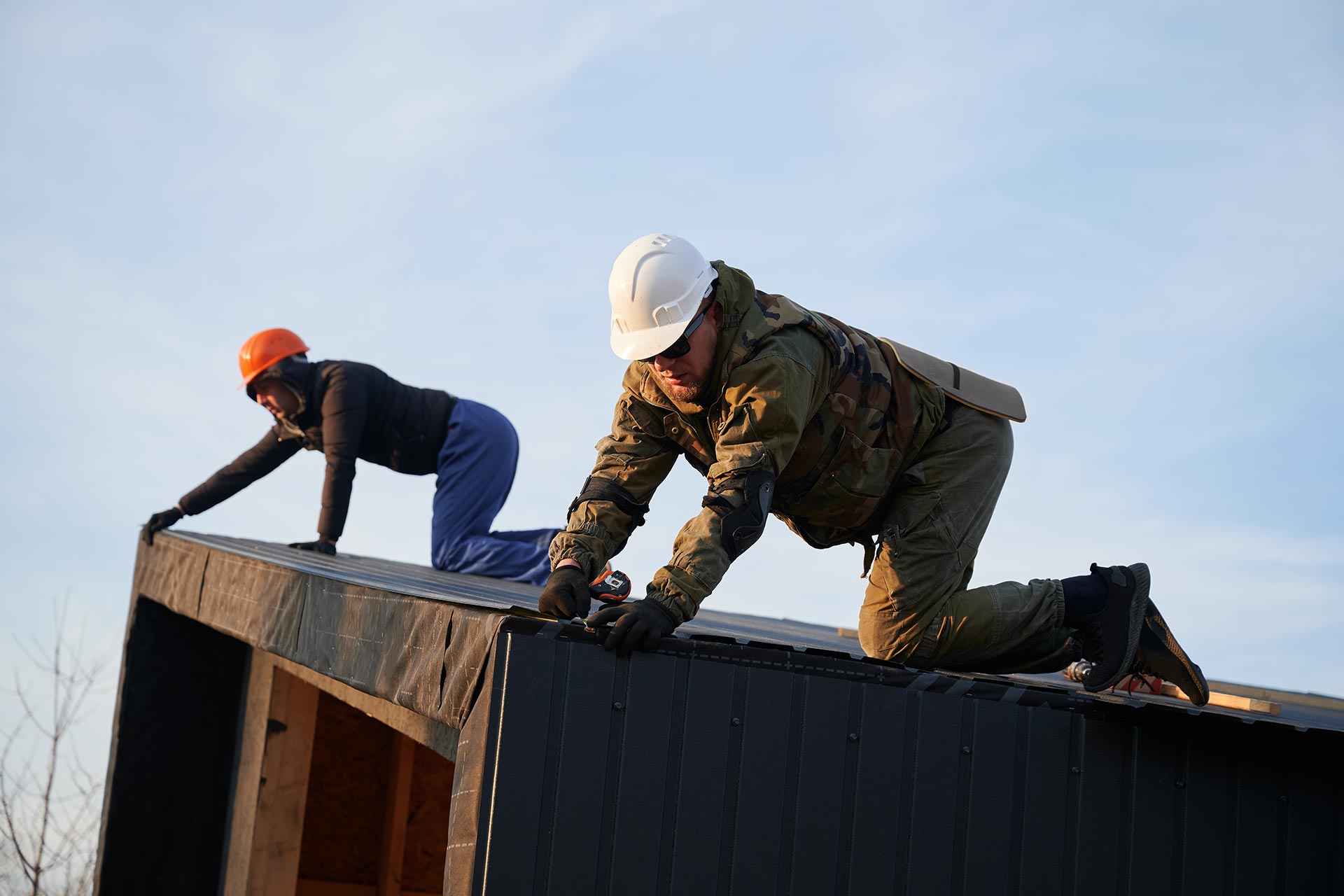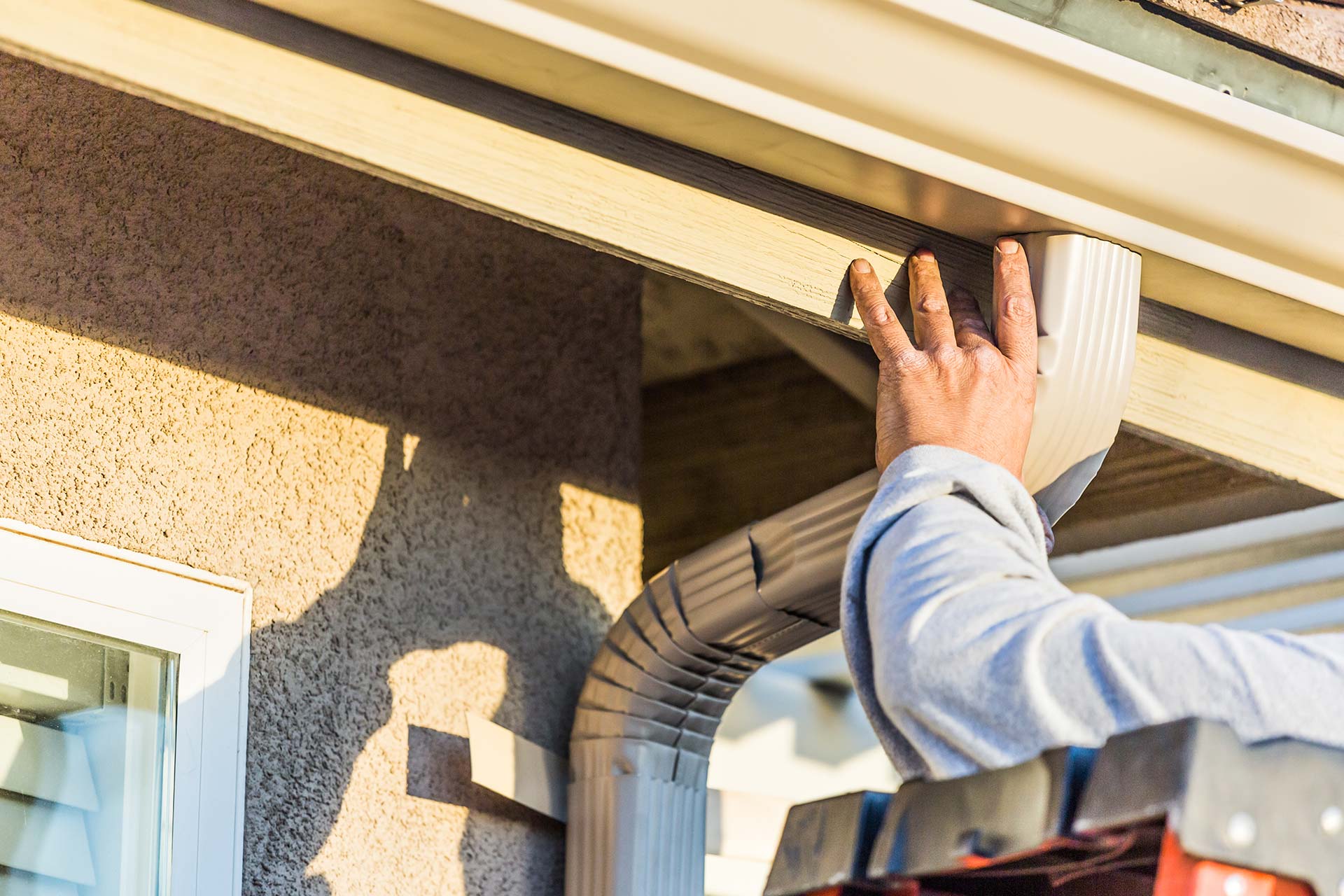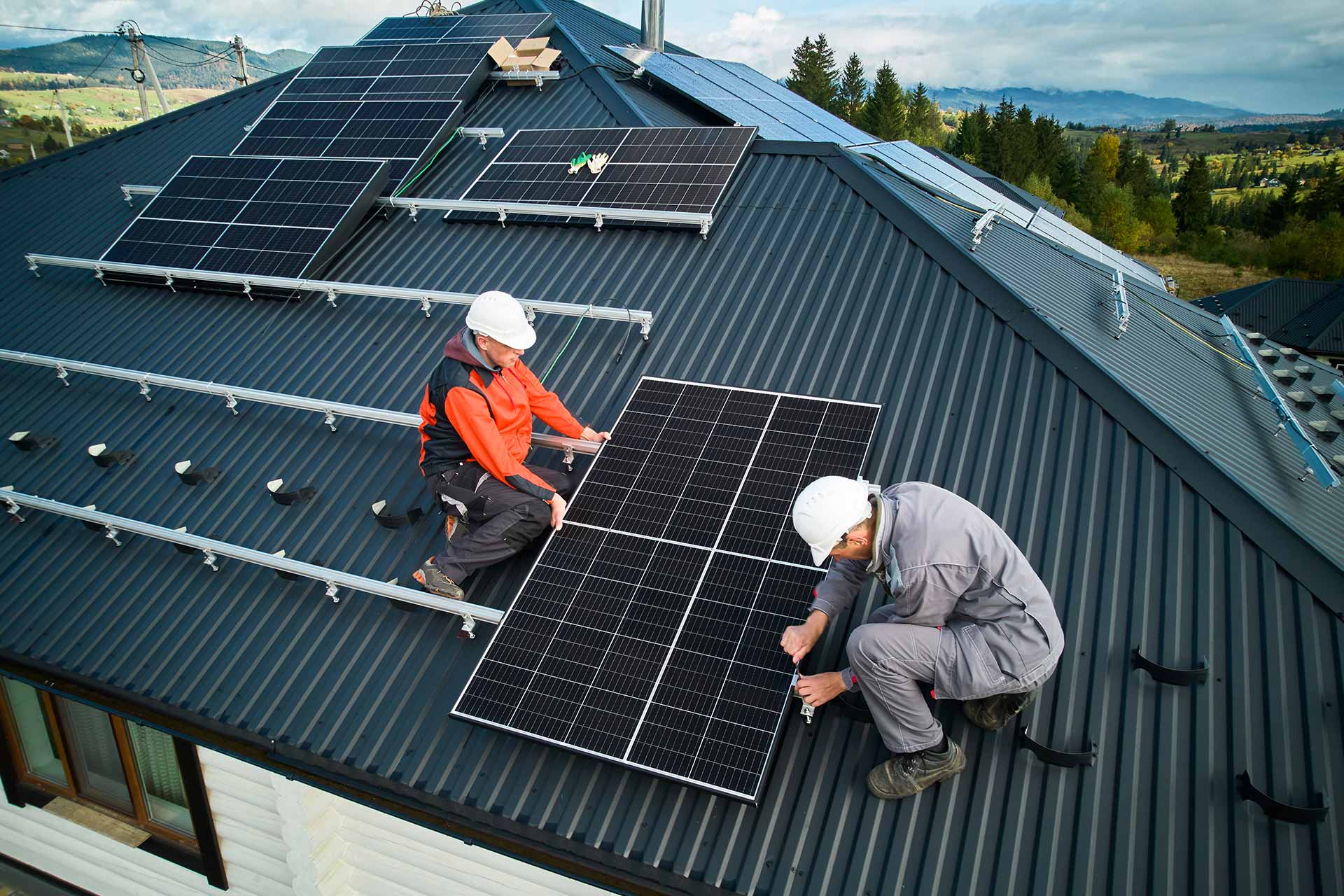If you’re considering a new flat roof or replacing an old one, chances are you’ve come across PVC roofing. Known for its durability, low maintenance, and energy efficiency, this roofing material has been a staple in commercial buildings and industrial settings for decades. But one question still lingers for many property owners and managers:
How long do PVC roofs last?
The short answer? A properly maintained PVC roof can last 20 to 30 years, and in some cases even longer. But let’s take a deeper dive into what impacts that typical lifespan, and how you can make the most of your PVC roofing system.
What Is PVC Roofing?
PVC, or polyvinyl chloride, is a roofing membrane that’s primarily used in flat roof or low slope roof installations. It’s made by combining two layers of PVC sheets with a reinforcement layer—typically polyester mesh—between them.
In many cases, two PVC sheets are heat-welded together during the PVC roofing installation process to create a seamless, watertight barrier. This construction gives PVC membrane roofing its edge in structural integrity and chemical resistance.
PVC roofing is often found in:
- Commercial & institutional buildings
- Restaurants or facilities with chemical exposure
- Flat roofs that need a long-lasting, low-maintenance solution
The Life Expectancy of PVC Roofing
The life expectancy of a PVC membrane largely depends on a handful of key factors. While many roofing contractors estimate between 20–30 years, some PVC roofing membranes have lasted well past that benchmark—if installed correctly and well cared for.
So, what affects that lifespan?
1. Proper Installation Is Everything
Like most things in the roofing industry, a great product can still fail without proper installation. A high-quality roofing system depends on:
- Sealed seams
- Proper attachment to the roof deck
- Sufficient insulation
- No gaps, bridging, or sagging membrane sheets
Improperly installed PVC roofs are more prone to loose seams, ponding water, and eventual structural damage. Always hire a certified roofing contractor with experience in PVC membrane installation.
2. Regular Maintenance Makes a Difference
- A properly maintained PVC roof can exceed expectations. Routine roofing maintenance involves:
- Regular inspections (spring and fall, at minimum)
- Prompt repairs for small punctures, holes, or falling debris impact
- Clearing out blocked drains and gutters to prevent standing water
- Addressing signs of inadequate drainage before they escalate
- Skimping on regular maintenance can turn minor issues into costly repairs—or even force premature replacement.
3. Climate and Weather Conditions
PVC roofs hold up well in extreme environments. Their chemical resistance and reflective surface make them ideal for facilities exposed to grease, oil, or harsh chemicals. However, frequent exposure to:
- Extreme temperatures
- High winds
- Harsh weather conditions
- UV radiation
can still shorten a roof’s life. Heavy foot traffic, hailstorms, or temperature swings can lead to membrane fatigue. Installing walk pads in high-traffic areas helps preserve the roof’s surface.
4. Proper Drainage Prevents Big Problems
PVC is waterproof, but no roof is immune to improper drainage. Ponding water can accelerate wear and seep into seams. Over time, this affects:
- Membrane flexibility
- Adhesion to the roof deck
- Overall structural integrity
For flat roof installations, drainage design must be top priority. Lack of slope or clogged scuppers are silent threats that can reduce the roof’s life expectancy.
5. Material Thickness and Membrane Quality
PVC membranes come in different thicknesses, often measured in mils (e.g., 50, 60, or 80 mil). Thicker membranes generally offer:
- Better heat absorption resistance
- Longer durability against punctures
- Lower susceptibility to shrinkage
While a thicker membrane has a higher upfront cost, it can dramatically reduce the risk of failure and delay the need for a full roof installation replacement.
6. Energy Efficiency and Reflective Properties
One reason PVC roofing remains popular in commercial roof design is its energy-efficient, cooling-cost-cutting properties. The bright white, reflective surface helps reduce heat absorption, keeping buildings cooler and lowering HVAC demand. This not only improves energy efficiency but also helps the roofing membrane avoid premature aging from constant thermal cycling.
Signs Your PVC Roof Is Nearing the End
Even the best PVC roofing systems eventually wear out. Watch for these red flags:
- Frequent leaks and timely repairs are no longer effective
- Membrane sheets become brittle or crack
- Edges shrink or pull away from flashing
- Persistent ponding water despite a functioning drain system
- Repairs no longer stick or solve the issue
If your PVC roof is more than 25 years old, it’s worth getting a full inspection. Addressing issues early can prevent structural damage or interior water infiltration.
Comparing PVC to Other Roofing Options
PVC vs. Metal Roof:
PVC is more cost-effective for low slope roofs, while metal lasts longer in steep-slope applications.
PVC vs. TPO:
TPO and PVC are often compared. PVC has better chemical resistance, while TPO may be slightly more affordable. But PVC usually wins when harsh weather or chemical exposure are factors.
PVC vs. EPDM:
EPDM is rubber-based, flexible, and black (which absorbs heat), whereas PVC is white and reflective. PVC is generally more energy efficient.
Maximize Your Investment: Get the Full 30 Years (or More)
Here’s how to make sure your PVC roofing investment pays off:
- Use only high-quality membrane roofing products
- Choose a certified, local roofing contractor with a proven PVC track record
- Stay on top of regular inspections and cleaning
- Address loose seams, pooling, and punctures immediately
- Avoid walking on the roof unless necessary—or install walkways
- Maintain rooftop equipment to prevent falling debris or damage
Final Thoughts: Is PVC the Right Roof for You?
PVC roofing is an excellent choice for commercial buildings, institutional buildings, and any facility needing durability, chemical resistance, and low maintenance. Its reflective properties, strength, and inherently fire-resistant nature make it a smart, long-term investment—especially when combined with proper care.
At Life Time Warranty Roofs, we believe that every roofing system should live up to its full potential. Whether you’re installing new or replacing the old, our team ensures every PVC roof involves expert attention, reliable products, and long-term performance.
Contact Life Time Warranty Roofs today for expert PVC roof installation, inspection, and maintenance plans designed to maximize your investment—one square foot at a time.

